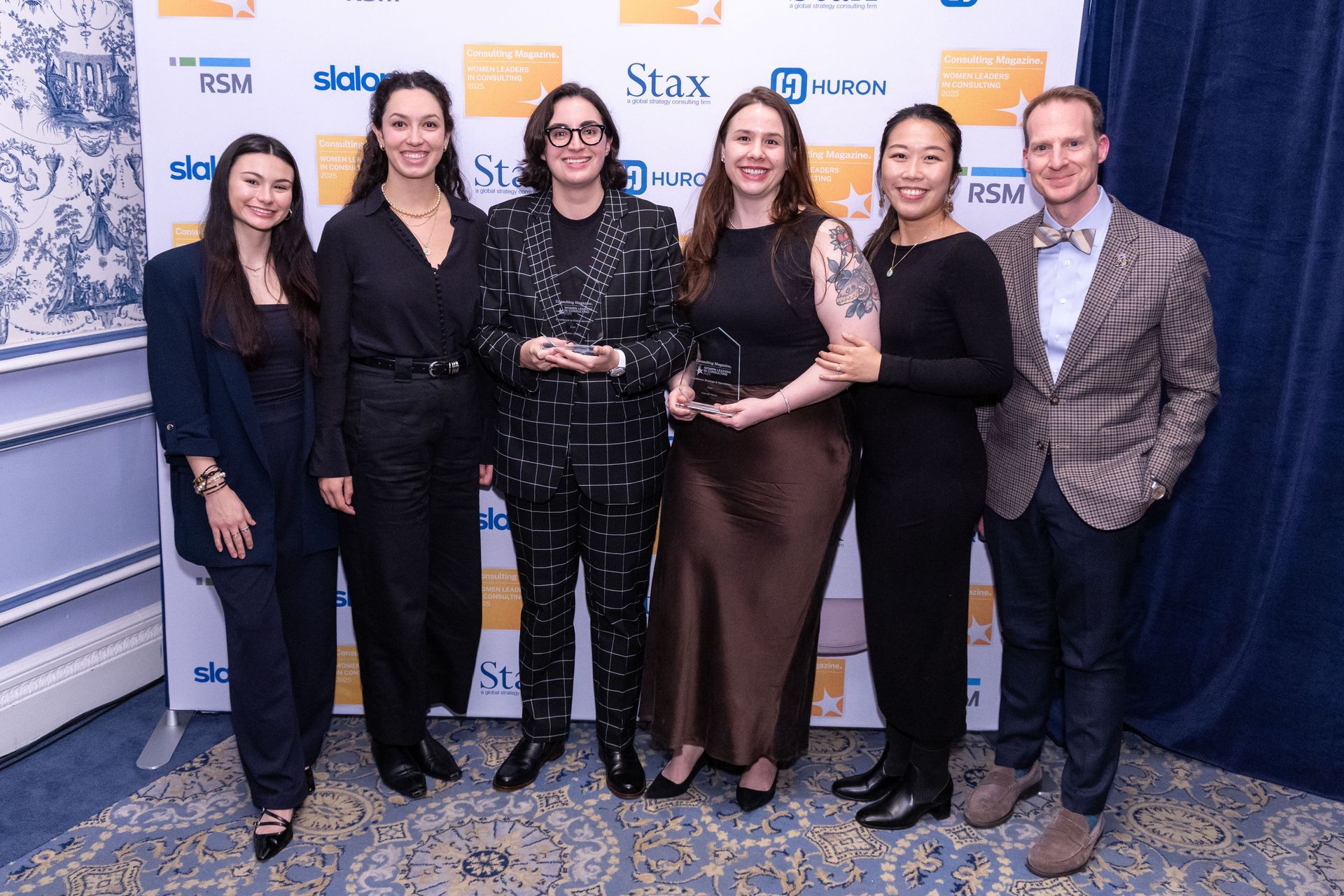Share
This article was featured in Pitchbook's Q3 2025 European PE Breakdown report. This article describes a hypothetical company. The story is fictional, but the challenges and strategies are based on real-world insights from Grant Thornton Stax’s work with European software firms pursuing US growth and valuation premiums.
SecuraTech, a cybersecurity company, was quietly building its reputation and had carved out a stronghold across Western Europe, protecting middle-market enterprises from escalating cyberattacks. By the time a private equity sponsor came on board, the firm was profitable, nearing £100 million in annual recurring revenue, and had expanded beyond its UK roots into Germany and the Nordics, serving several household-name clients.
Yet despite its success, the founders and early investors knew the valuation ceiling in Europe. Multiples in London or Frankfurt rarely compared with those achieved in New York. Grant Thornton Stax has found that US software-as-a-service (SaaS) firms consistently
commanded valuation multiples 60%-100% higher than their European peers in recent years. The data confirmed what the leadership team had long suspected: In order to achieve US-style multiples, SecuraTech needed to cross the Atlantic.
The initial US opportunity
The breakthrough came via an existing client, a Fortune 500 company headquartered in the US, with its UK locations already served by SecuraTech. What began as a London-based contract grew into a NYC opportunity. The founders saw the Atlantic corridor opening—if one US-based multinational was willing to adopt its platform, surely others would follow.
In boardrooms, talk turned to US growth. Slides pointed to the massive total addressable market in North America. Grant Thornton Stax analysis shows that US enterprises account for nearly half of global cybersecurity spending. The logic was compelling: Scaling there could reframe SecuraTech’s valuation entirely.
Flush with optimism, the leadership team began telling investors: “We’re in the US now.”
But the reality was less triumphant. One US customer, however prestigious, was not the same as a US business. Sales cycles dragged. Competitors had deeper relationships and larger teams. US compliance requirements, from Systems and Organization Controls (SOC) 2 to HIPAA, demanded costly investment.
Worse still, investors weren’t convinced. As Grant Thornton Stax’s recent article, Unlocking US Growth: Why European PE-Backed Software Firms are Eyeing Expansion Stateside, points out, “A single logo does not constitute market traction.” Instead of boosting SecuraTech’s valuation, the US presence was dismissed as opportunistic.
The hoped-for US valuation premium never materialised.
The setback forced introspection. The leadership realised they had treated US expansion as a byproduct of luck rather than a deliberate strategy.
They revisited the fundamentals:
- Market understanding: Grant Thornton Stax analysis stresses the need to segment the US market carefully, identifying winnable niches rather than attempting blanket entry.
- Sales model: Its European go-to-market motion didn’t resonate with US buyers, who demanded rigorous return on investment proof points.
- Investor perception: Without a growth story grounded in strategy and evidence, valuations were still tied to European comparables.
The message was clear: To unlock US valuations, SecuraTech needed to redefine its strategy from the ground up.
Revamping the strategy
The turnaround began with humility. The firm acknowledged that one US customer was not a strategy. Instead, it designed a plan around three pillars:
1. Targeted US market entry
Rather than tackling the entire US, SecuraTech identified specific customer segments where its solution had an edge: middle-market financial institutions underserved by legacy players. This mirrored guidance in Grant Thornton Stax’s thought piece Financial Services and Transatlantic: Why UK PE Investors Should Look West for Exits, which highlights financial services as a natural fit for UK software firms expanding west.
2. Local presence and talent
The company hired a seasoned US sales leader with a track record of scaling cybersecurity businesses. It opened a small East Coast office to support customer success and compliance. These moves signalled seriousness to both customers and investors.
3. Building investor access
Perhaps most importantly, SecuraTech began cultivating US investor relationships early. Grant Thornton Stax’s article Is Your Exit Strategy Targeting the US Market Premium notes that engaging US growth equity and private equity well ahead of a transaction helps shift valuations from European to US benchmarks.
18 months later, the results were evident. SecuraTech had moved beyond its original anchor client to win a portfolio of US customers across multiple states. US revenues now represented nearly one-quarter of the business.
Operationally, the company had invested in compliance, scaling its infrastructure to meet US buyer expectations. Strategically, it had sharpened its pitch, focusing on the expanding US middle-market financial cybersecurity spending.
When the company re-engaged with investors, the tone had shifted. No longer dismissed as a European firm dabbling in the US, SecuraTech was viewed as a credible transatlantic growth story. And with that came a new benchmark: valuations anchored against US cybersecurity peers, not just European ones.
Success at exit
By the time its private equity sponsor explored an exit, SecuraTech was positioned for both European and US buyers. US strategics saw the business as a foothold into Europe; US growth equity funds valued its proven expansion model.
The process generated real competition. US buyers were willing to price off US multiples, lifting offers materially above what a Europe-only process might have achieved. The eventual transaction closed at a valuation multiple far exceeding initial expectations.
SecuraTech’s journey offers a blueprint for other middle-market European software firms. The US valuation premium is real, but it cannot be unlocked by accident.
The premium is earned by:
- Crafting a credible US growth story: Quantify the size of the opportunity with data, show early traction in revenue or customer wins, and highlight how the business model scales beyond a niche. The narrative must connect strategy with proof points.
- Building US readiness: Put real foundations in place: Hire local commercial and leadership talent who understand the market, adapt compliance and governance frameworks to US standards, and ensure operational infrastructure can handle rapid growth. Investors look for more than intent; they look for readiness.
- Engaging US investors early: Develop relationships well before an exit. Early conversations shift the frame of reference from European peer multiples to US comparables, giving management time to educate investors and build conviction around the growth story.
For private equity sponsors, embedding this strategy into value-creation plans can materially influence exit outcomes. For founders, it is the difference between being valued as a regional player and as a global contender.
The Atlantic is no longer a barrier—it is a corridor. For European software firms, the US remains the destination where ambition meets valuation. But as SecuraTech’s journey shows, crossing that corridor requires more than luck. It requires strategy, preparation, and the right story told to the right investors.
Read More







